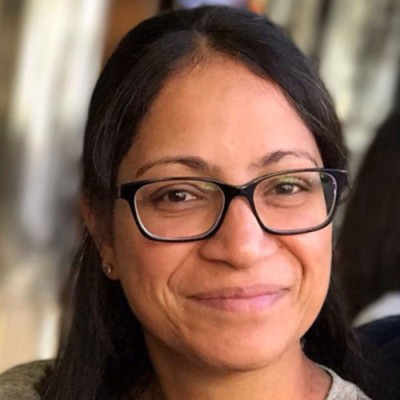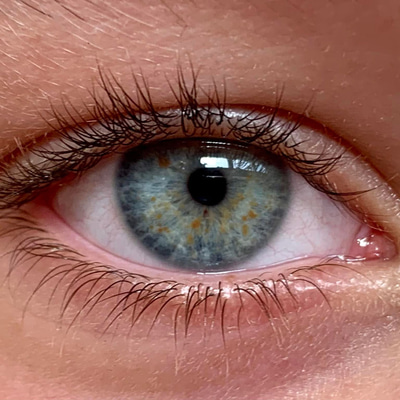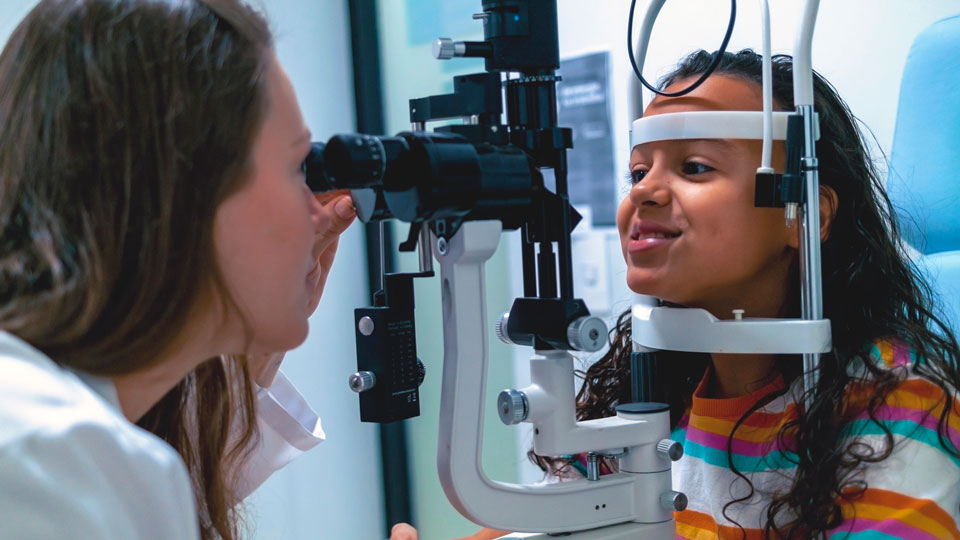Around 26,000 people in the UK have a diagnosis of neurofibromatosis type 1 (NF1) – a genetic condition that causes tumours to grow on the nerves and skin.
However, the Childhood Tumour Trust highlights that many people may be living with the condition without knowing it.
In the lead up to World Neurofibromatosis Awareness Day on 17 May, optometrist, Monica Singh, outlines the key role that optometrists can play in the early detection of NF1.

Childhood Tumour Trust
Monica Singh, optometrist
What is neurofibromatosis type 1?
NF1 is a complex rare condition that causes tumours to grow on nerves and can lead to a series of complications such as learning difficulties, bone issues and an increased risk of cancer.
As an optometrist working in practice, what should practitioners be looking out for as possible red flags for NF1?
It’s all about Lisch nodules: these are elevated nodules above the surface of the iris, and have well defined borders, and occur in multiples. Then there are café au lait marks which can appear anywhere on the body.In addition, we should be looking for symptoms of optic pathway glioma, blurry vision, changes in colour vision, and reduced field of vision.
If an optometrist identifies these signs in a patient, they should arrange a referral to ophthalmology following local pathways, indicating suspicion of NF1 in the referral.

Childhood Tumour Trust
A close up photo of Lisch nodules on the iris
Why is it important to be aware of NF1 and act on any concerns as clinicians?
It is important to be aware of NF1 and act on any concerns because, while many individuals with NF1 can be generally healthy, the condition is not always diagnosed until a more serious issue arises or when a child in the family is diagnosed.
NF1 is a genetic condition with a 50% chance of being passed on from an affected parent, but it can also occur spontaneously in a child with no family history. It affects individuals equally regardless of background. Early recognition of NF1 allows for appropriate monitoring and timely intervention, ensuring that patients receive the necessary care and support to manage potential complications effectively.You may be the only people in a position to recognise it.
How did you become involved with the Childhood Tumour Trust and what do you find rewarding about the work?
I met Vanessa Martin [Childhood Tumour Trust founder]. I was intrigued to learn about NF1 and how it affects my role as an eye care professional. Vanessa spoke about her own personal experience regarding NF1.
Her passion in wanting to provide a support network for children and their families, as well as working to increase awareness of the condition among healthcare professionals, was admirable. She taught me that optometrists are so important in spotting Lisch nodules on the iris, which are a consistent feature of NF1.
I felt inspired to get involved with helping the charity to raise awareness with fellow eye care professionals, as I personally knew nothing about the condition beforehand.
